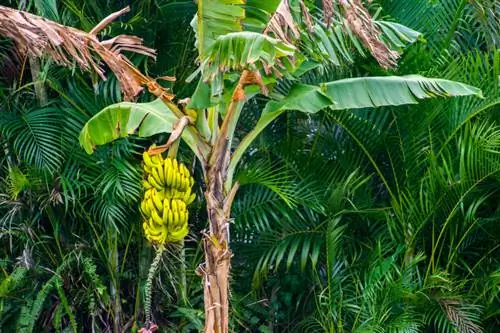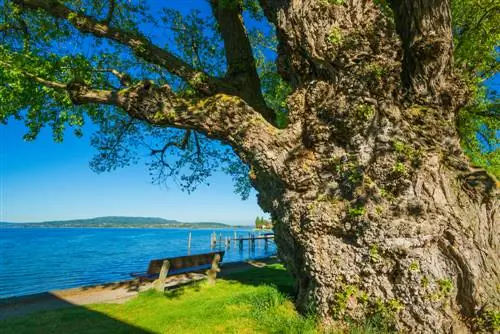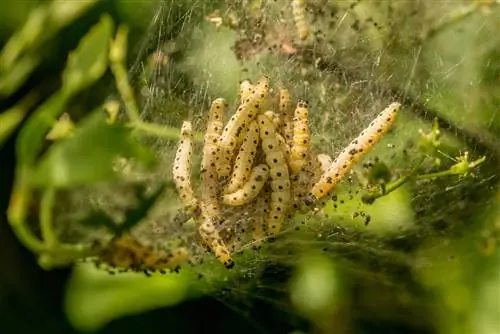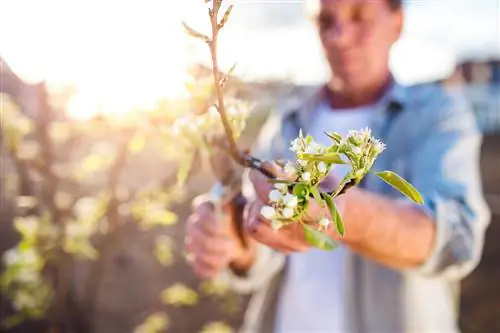- Author admin [email protected].
- Public 2023-12-16 16:46.
- Last modified 2025-01-23 11:22.
The apple is considered a common fruit that many people think has always grown in our latitudes. But that's not true. The ancestors of Malus domestica had a surprisingly long journey before they became native here too.
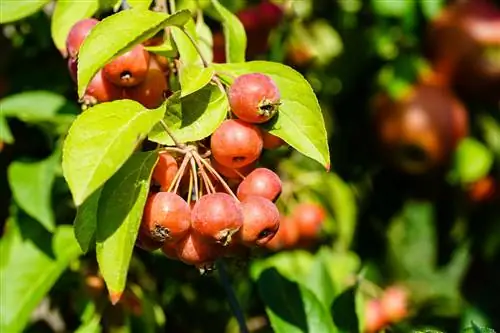
Where does the apple tree come from?
Theoriginal distribution areaof the tree belonging to the rose familyis in Asia Minor. The first cultivated forms were bred in ancient times from the dwarf apple (Malus pumila) and the crab apple (Malus sylvestris). There are now over 100,000 varieties worldwide.
How did the apple get from Asia to Europe?
The fruitsmade their way via the old trade routes to southern and eastern Europe,where they were first cultivated by the Greeks and Romans, because apples were already being grown in what is now Kazakhstan 10,000 years before Christ. The apple tree finally came to Central and Northern Europe around the year 100 BC. It became more and more popular in this country and became a valuable source of vitamins for the population.
What indicates the importance of the apple for Kazakhstan?
Thename of the country's capitalindicates the importance of apple cultivation in Kazakhstan. Almaty translates as “grandfather of the apple”. Johann August Carl Sievers provided proof that this city was the cradle of the eating apple as early as 1790. An expedition lasting several years took the botanist to, among other places, Kazakhstan. He reports: “The apples that I had eaten on the trip so far were not very tasty. But these were good wine-sour table fruit and had red and yellow cheeks.”
How did the Asian wild apple develop into a food apple?
Over the course of tens of thousands of yearsthrough genetic changes tasty and robust apple varieties emerged that still thrive today on the 700 to 1500 meter high slopes of the Tien Shan.
The sweetest fruits of crabapple and dwarf apple were also very popular with bears. The consumed kernels passed through the animals' digestive system undamaged and were further distributed. Since the apple tree is a cross-pollinator, the genetic material of the trees was constantly remixed.
Tip
The wild apple forests are in danger
The Asian wild apple growing around Almaty has been on the Red List of Endangered Species since 2007. Humans are to blame for the fact that stocks are becoming smaller and smaller. The trees are actually extremely robust, resistant and can live up to 300 years. However, if the wild fruit forests are no longer cleared, the populations will recover quickly.



